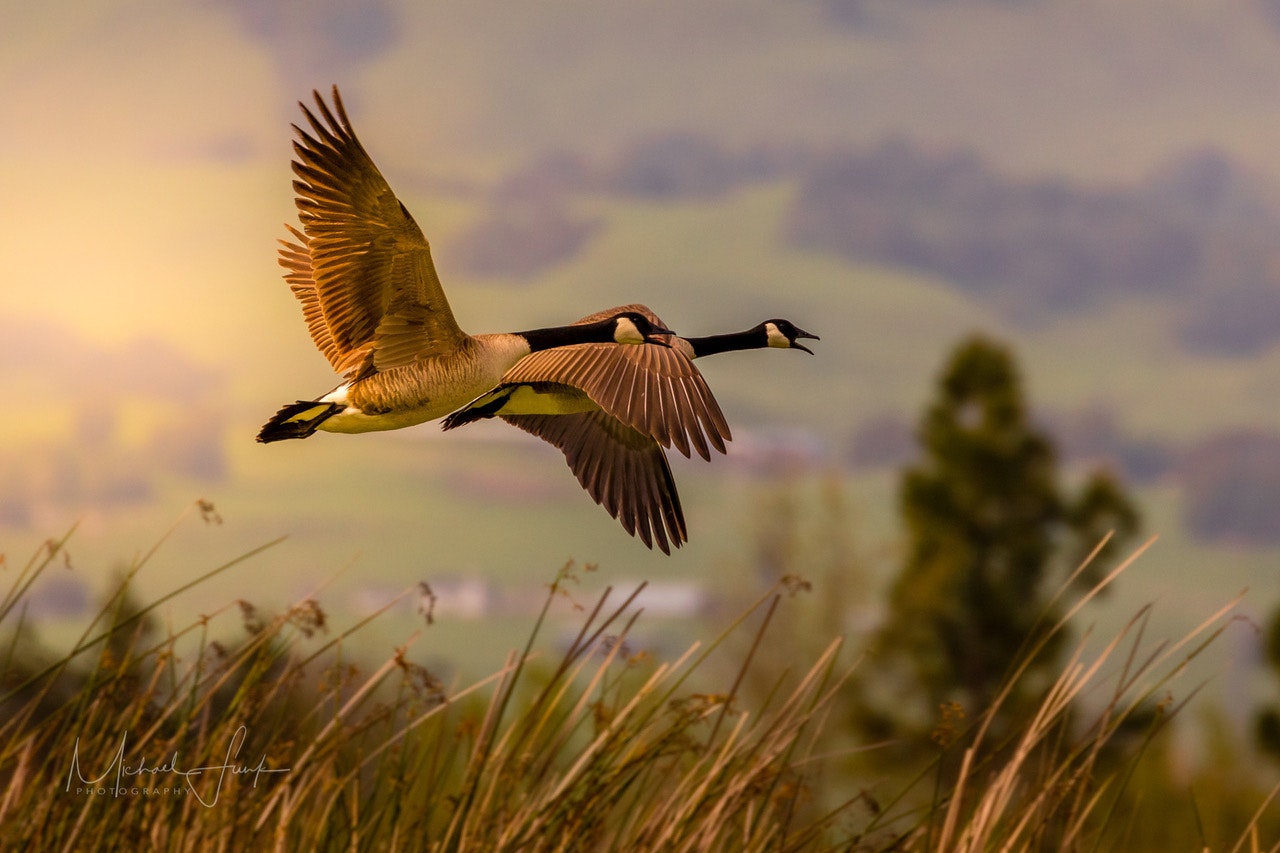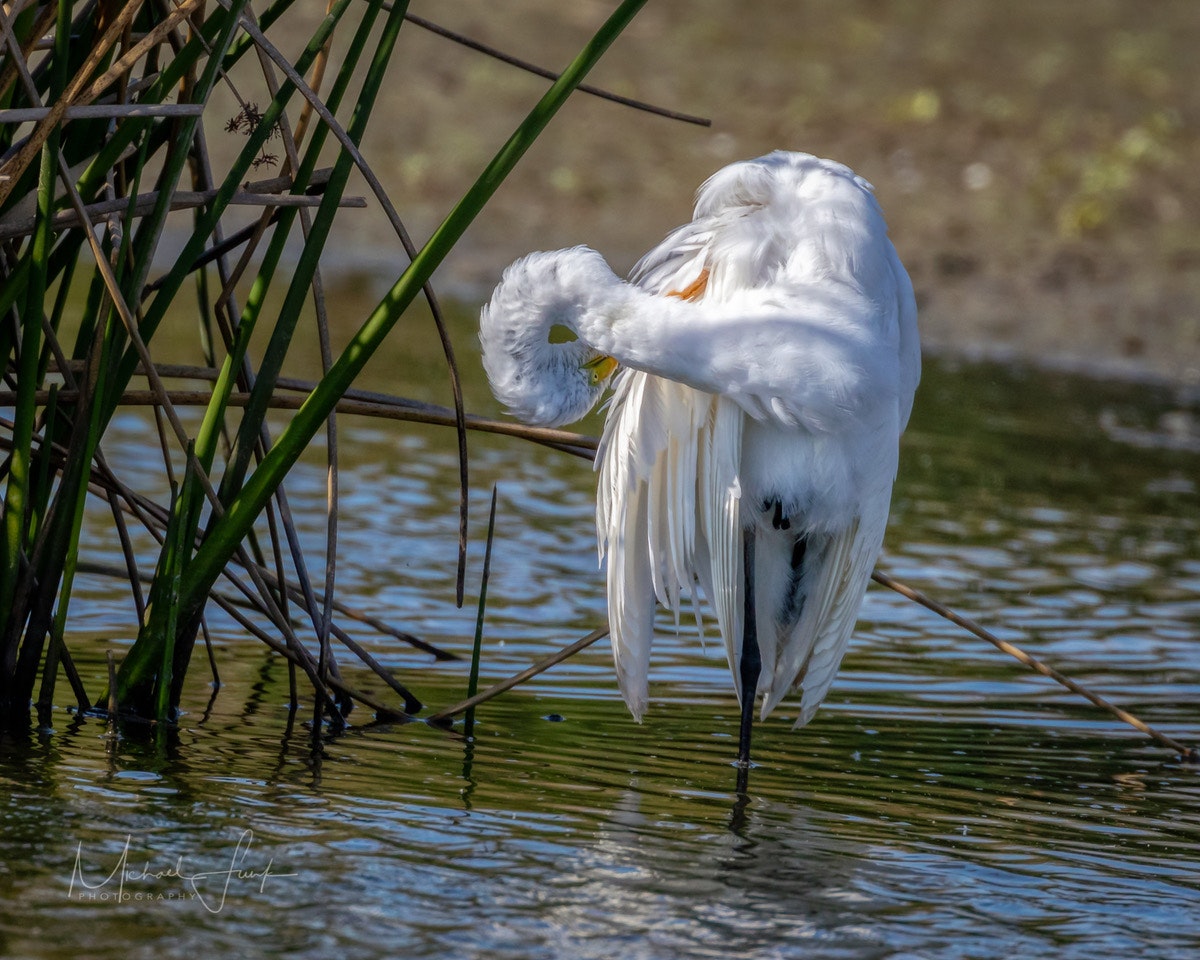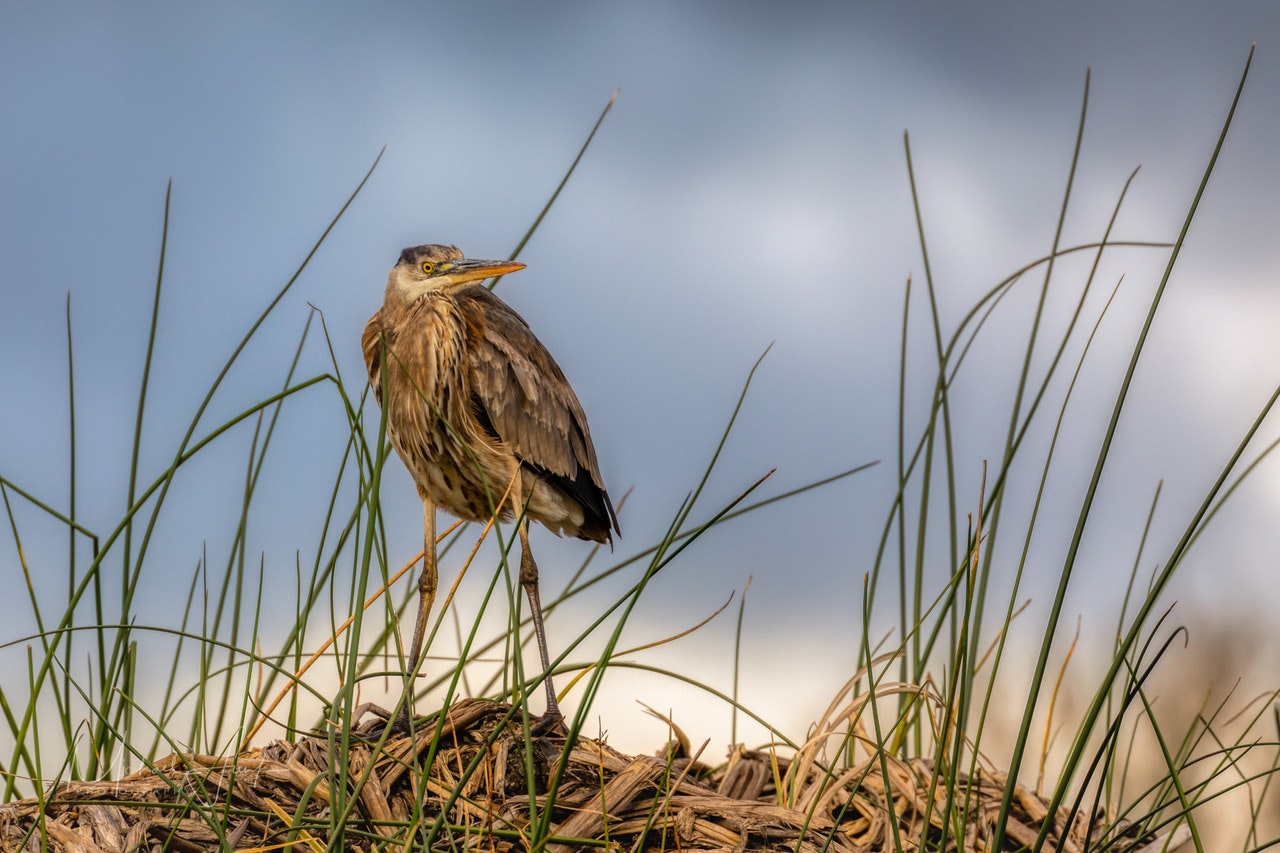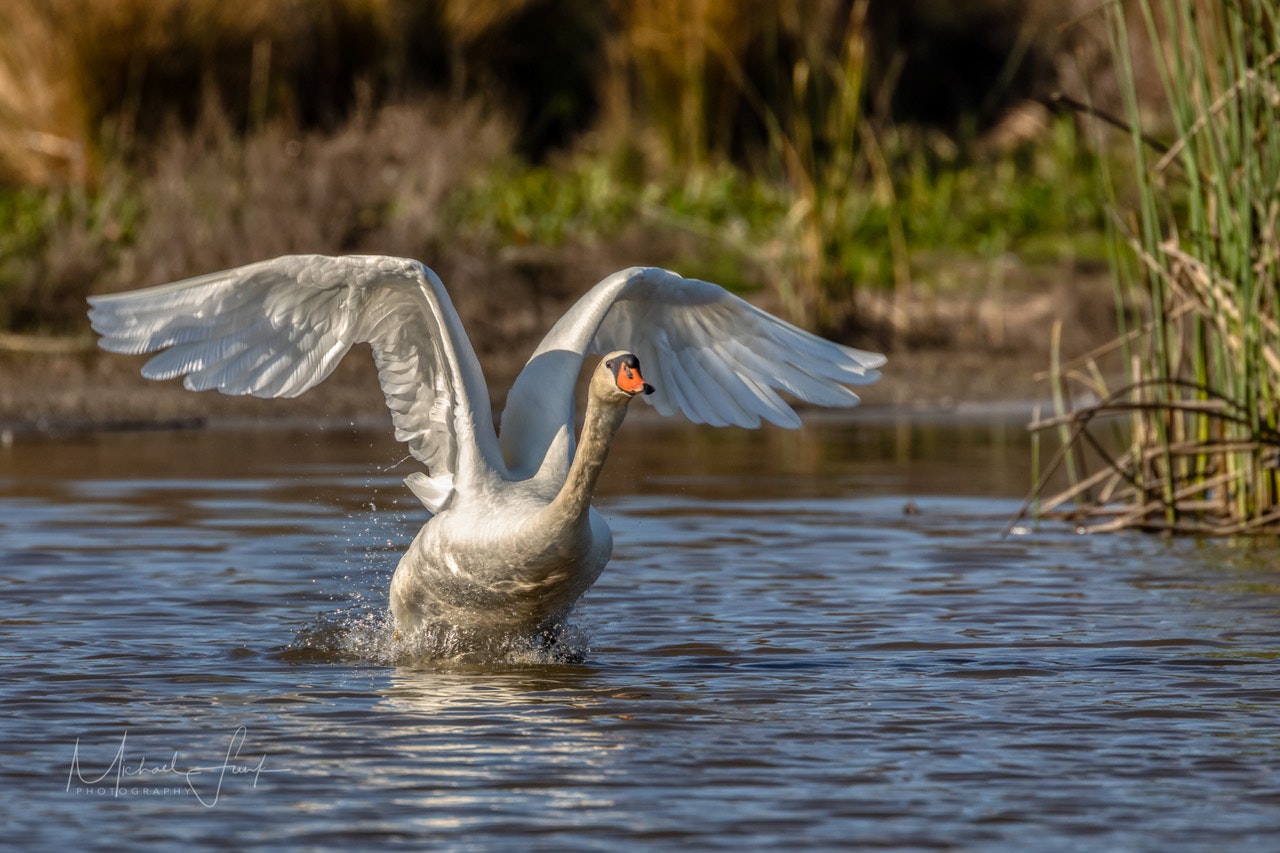Permanent Ponds Used as Waterfowl Habitat


The diversity of waterfowl habitat in the Suisun Marsh is increased by the occurrence of permanent ponds. Permanent ponds, however, should remain a minor part of the marsh habitat because (1) they require specific conditions to provide optimum habitat and (2) other more intensive types of management can generally be carried out that provide for higher yields of waterfowl food.
Seeding of permanent ponds is not necessary since plants such as sago pondweed and widgeongrass should become established in the ponds naturally.
Policies For Management of Permanent Ponds
Establishment:
1. Permanent ponds are recommended only in areas where at least 70% of the total permanent water area will be maintained year round at a minimum depth of 3.5 to 4 feet. This depth limits the occurrence of cattails and tules and stimulates the production of desirable pondweeds.
2. Levees surrounding permanent ponds must have a shelf on which cattails and tules can become established to serve as a buffer against wave action.
3. Permanent ponds should be established only in areas where the gates and ditches can provide maximum circulation of water without fluctuation in water level.

Maintenance:
1. Set gates to allow maximum circulation without change in water level. Maintain circulation year round, but especially during the warmer months (April-Sept.). Poor circulation during these months could increase salinity, mosquito reproduction, and the probability of botulism.
2. Once every five years, completely drain the pond in February and keep it dry through September. This will control carp populations, allow oxidation of the sediment in pond bottoms resulting in the release of nutrients, and allow for mowing or burning of undesirable vegetation. At this time, an inspection of gates and levees will be undertaken and needed repairs will be made.

The preceding mosquito prevention criteria are intended only to offer guidance when considering the development of design options during the planning process for projects. Be advised that these practices have been found to be effective, however, once the project has been completed it is essential that conscientious maintenance and management practices be followed to help ensure the successful prevention of mosquito production.
Be further advised that under the California Health and Safety Code (Sections 2274 et. seq.) the responsibility for the cost of mosquito control may fall on the property owner.
